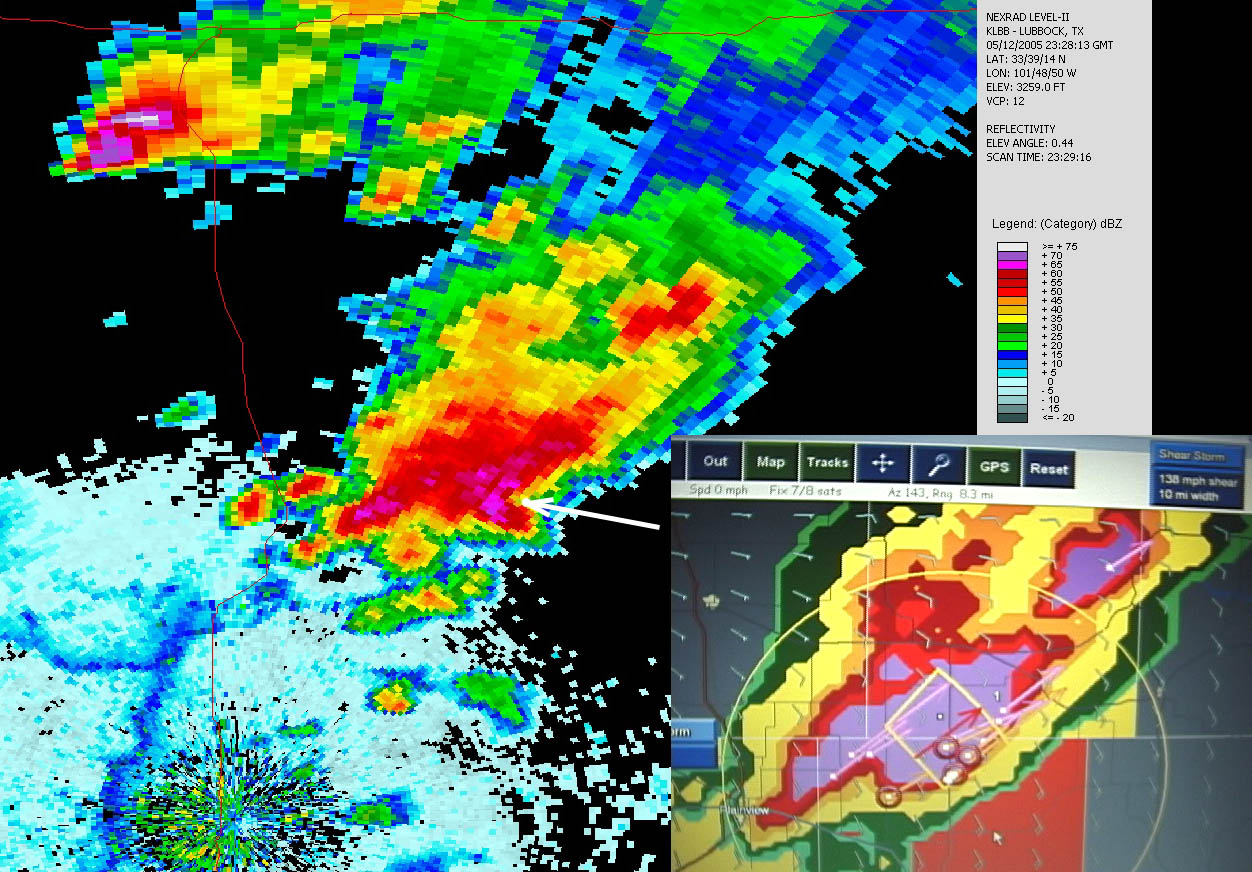Jay McCoy
EF5
Thanks. the entire set can be seen at
http://photobucket.com/albums/v652/tornado...dreams/5-12-05/
For some reason they are in backward order. the pics go in reverse time with the end pics being the 1st of the day.
http://photobucket.com/albums/v652/tornado...dreams/5-12-05/
For some reason they are in backward order. the pics go in reverse time with the end pics being the 1st of the day.


